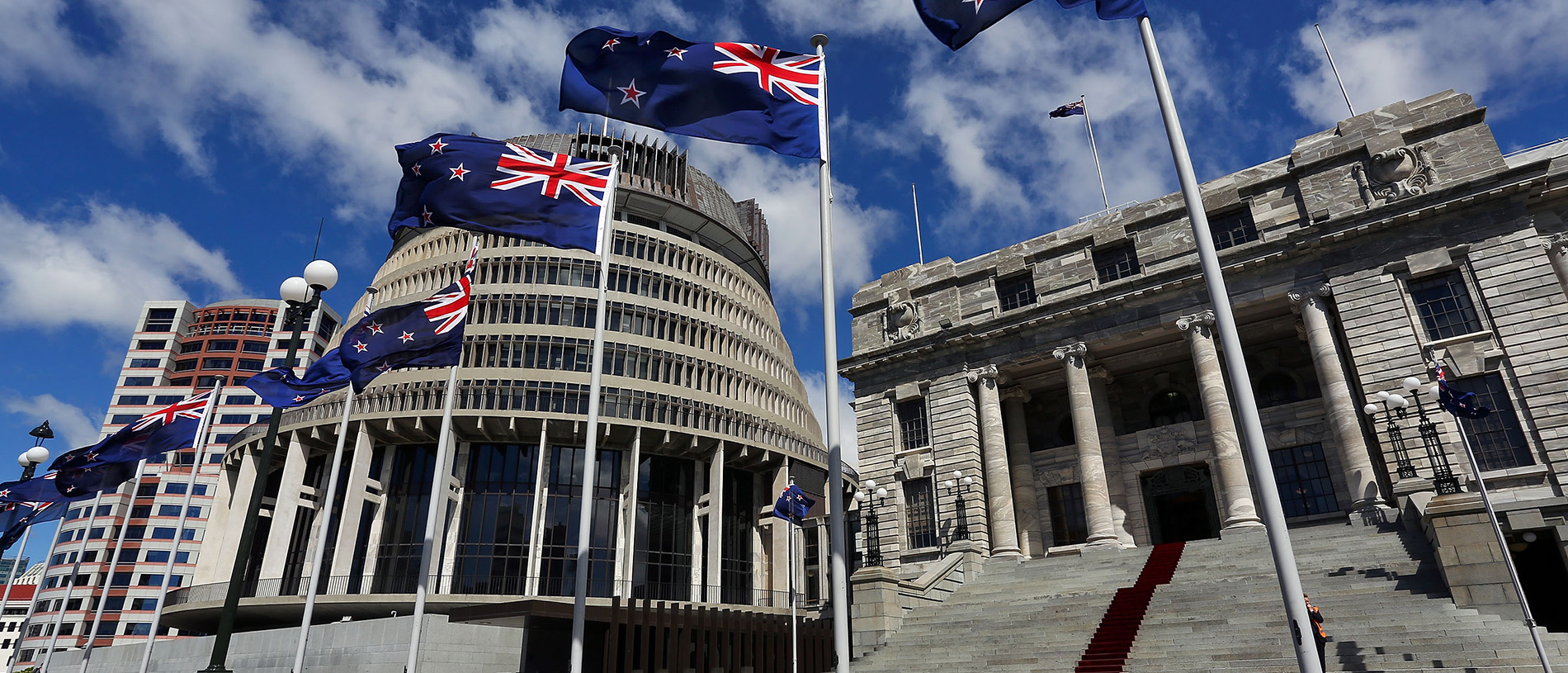
The Beehive and Parliament Buildings: the heart of Aotearoa's Government
Get to the nub of it at all and join a free guided tour into the heart of New Zealand’s Government at the Beehive in the parliamentary precinct.
By the standards of contemporary architecture, you might think Parliament Buildings are pretty fancy. All that Tākaka marble, the pillars, the columns and porticoes are hardly what you’d see on an architect’s easel these days.
Amazingly, however, it’s only half of what it would have been if the architect had got his way. The design is based on two different concepts submitted by John Campbell in 1911, placed first and fourth in a competition run by the Premier, Joseph Ward, for a design replacing the previous set of parliament buildings, which were burned down in 1907. Campbell’s two designs were amalgamated into one great Edwardian, neo-colonial extravagance with more urns, balustrades and cupolas than you could poke a stick at.
The government baulked at the expense, and the half-a-parliament that fits between the old parliamentary library (which survived the fire) and the Beehive, is the result.
The Beehive is reputed to have been sketched on a napkin by British architect Sir Basil Spence, who was consulted on the project in 1964 after the bickering and infighting among New Zealand’s normally peace-loving community of architects threatened to slide into full-scale civil war. The name, too, is supposed to have been just as ad hoc. Spence dug into his pocket and produced a box of Beehive matches, and the name stuck. To think, the seat of power in this country might well have been known as The Lighter or The PXT-Capable WAP Browser if the same approach had been taken today.
Strolling the corridors of power makes for a fascinating tour. If the members aren’t sitting that day, you can even pace about the Debating Chamber and sit in some member’s chair, while you decide whether you’re with the Ayes, the Noes or some other misspelt part of facial anatomy altogether.
Besides the architectural features and (in the case of the Beehive) peculiarities, the commentary explains the political process in all its complexity. If Parliament is in session, you can look on from the Public Gallery. The best time to do this is during Question Time when the heavyweights are likely to be warming the front benches and engaging in the kind of refined and intellectual sparring you’ll only ever see in the rarefied precincts of parliament or at kindy after everyone’s had a bit too much sugar.